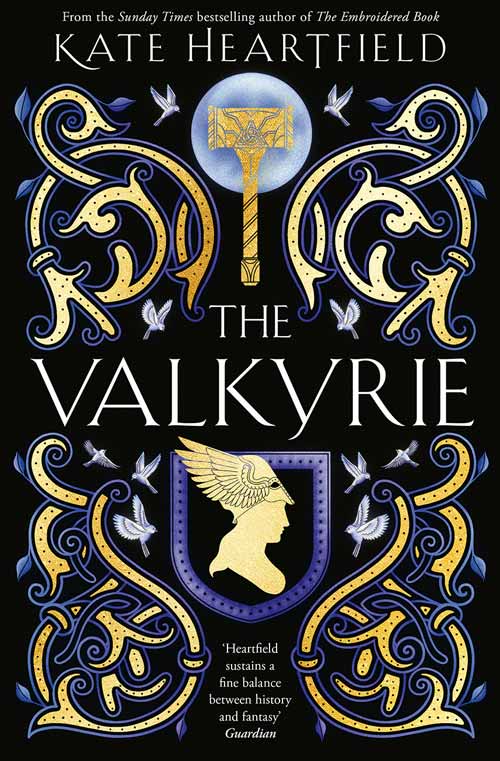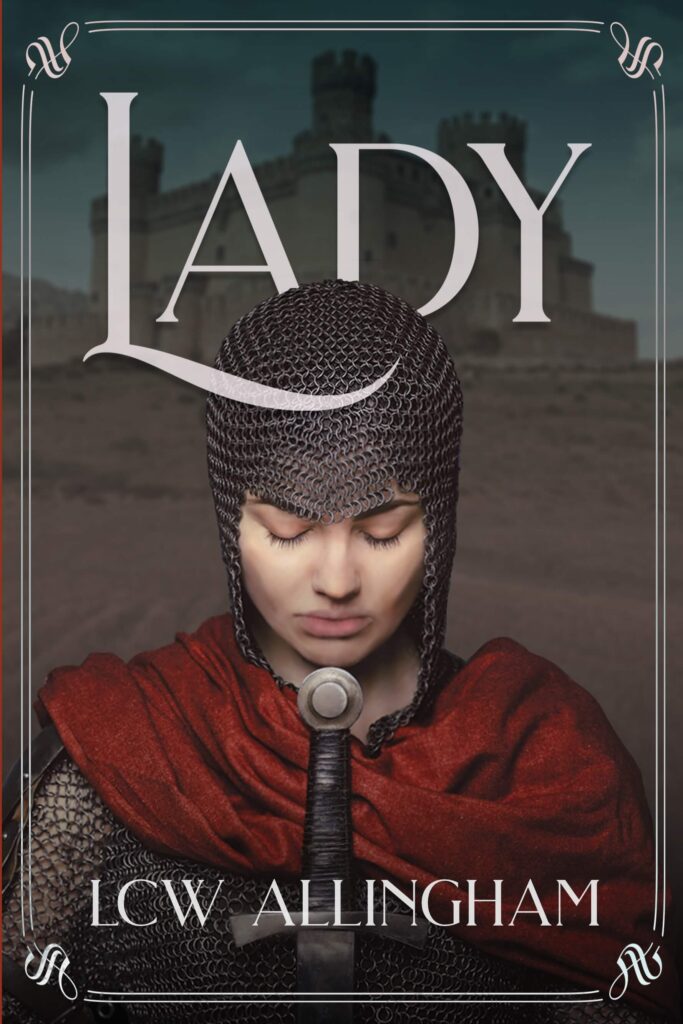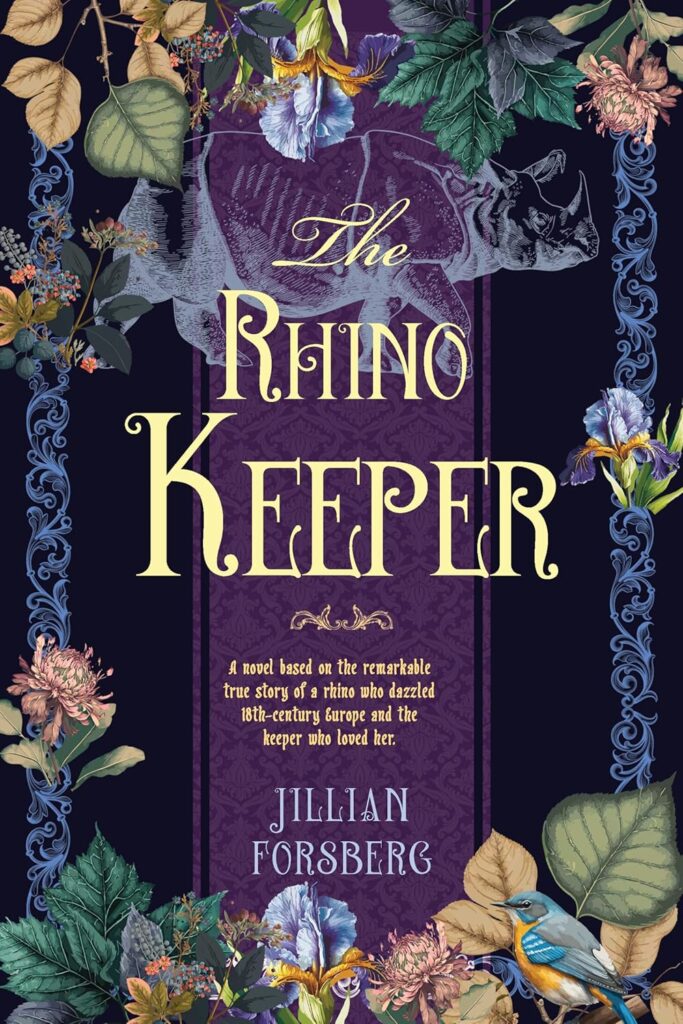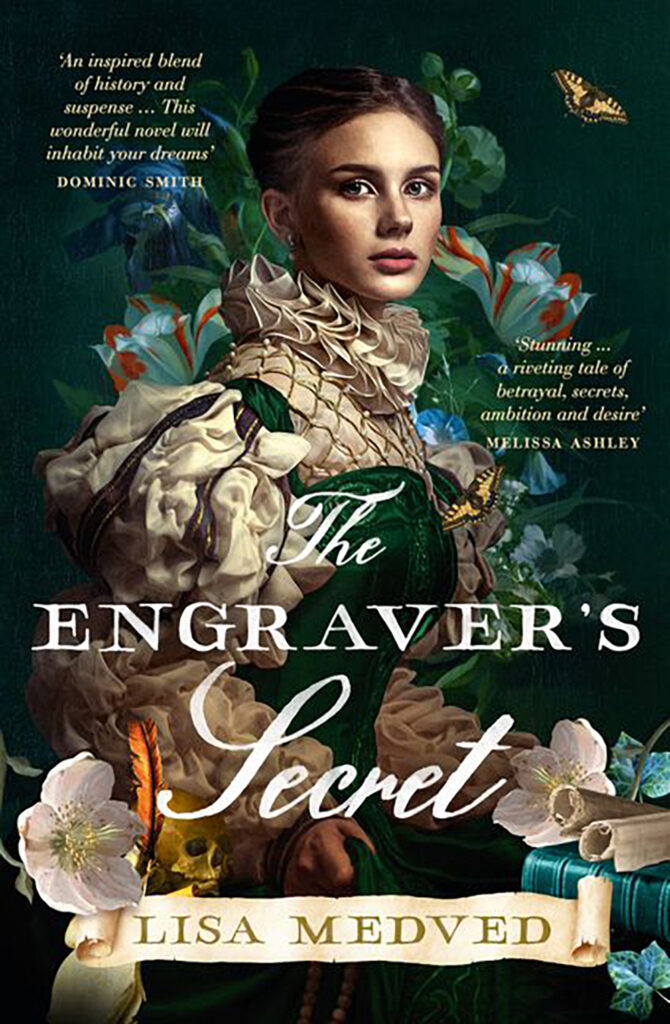New Voices: Flora Carr, Emily Dunlay, Nathan Gower & Lisa Medved
BY MYFANWY COOK
 Panoramic vistas of the past have been conjured up by debut novelists Flora Carr, Emily Dunlay, Nathan Gower, and Lisa Medved.
Panoramic vistas of the past have been conjured up by debut novelists Flora Carr, Emily Dunlay, Nathan Gower, and Lisa Medved.
The idea for The Engraver’s Secret (HarperCollins Australia, 2024) by Lisa Medved came to her ten years ago when she “visited the Rubenshuis in Antwerp, which is the former home of Baroque painter Peter Paul Rubens,” she says. “An engraving by his chief engraver, Lucas Vorsterman, was on display alongside a brief description which suggested the two men were close then had a falling out.”
Medved was intrigued. “I did some research and read about a little-known story about their disagreement over who owned the original engraving plates and who could reproduce the images. I took a small historical fact and used it to create a fictional story. On my train journey home from Antwerp, I began dreaming up a tale about lost 17th-century treasures and an academic trying to discover their whereabouts.”
She explains, “The Engraver’s Secret is told through the eyes of two female characters. Rubens expert and art academic, Charlotte Hubert, arrives in Antwerp to research Rubens and learn about the father she’s never met. The engraver’s daughter, Antonia Vorsterman, is drawn into the life of the Rubens family in 17th-century Antwerp. The 400-year link between Antonia and Charlotte, which forms the foundation of the story, is a 17th-century map folio with unusual markings and cryptic clues. Antonia is certain it will help release the burden of her family’s past. Charlotte is convinced it holds the key to the location of lost treasures.
“I spent over seven years researching and writing The Engraver’s Secret. The first draft, completed in 2015, was essentially an action-packed, modern-day crime story which dipped into the 17th century. However, having lived in Europe since 2008, and with a degree in history and fine art, and a life-long passion for historical fiction, I was keen for the story to be more firmly anchored in the 17th century. As I redrafted the story, I strengthened the historic elements and contrasted the differences between the two eras.”
A great deal of her inspiration came from historical sites in Antwerp. “The Rubenshuis is an atmospheric place with rooms filled with ancient oak ceilings, leather embossed wallpaper, and artworks by Rubens, his peers and other artists.” Another inspirational place for Medved was the Plantin-Moretus printing museum where Rubens and the engraver Vorsterman once worked, with its original printing presses and 16th-century manuscripts.
However, it was during a day trip to Antwerp that she discovered “the city’s beautiful Begijnhof, founded in 1544 where single women lived as a religious community,” she says. “Although begijnen have not lived there for several decades and the buildings are now used as private housing, I used some artistic licence to create a group of modern-day begijnen living there for my story. The Begijnhof is such a peaceful place, which contrasted perfectly with my characters who become caught up in a dangerous search for lost treasures.”
 The first scene of Emily Dunlay’s Teddy (Harper/Fourth Estate, 2024) was written “long before the novel was fully formed and was a woman getting ready for a party, taking extra care with her makeup and nails, trying to make everything perfect,” the author states. “I wanted to write about a woman constructing herself through fashion and beauty, and what would happen when she inevitably slipped. I had the character of Teddy in mind for a long time before I had the right novel to put her in, but I eventually realized the late 1960s were a natural fit for the setting—I’ve always been interested in that time period, and particularly the political scandals of the time with women at their centers: the Profumo Affair, Martha Mitchell’s involvement in Watergate, President Kennedy’s affairs.”
The first scene of Emily Dunlay’s Teddy (Harper/Fourth Estate, 2024) was written “long before the novel was fully formed and was a woman getting ready for a party, taking extra care with her makeup and nails, trying to make everything perfect,” the author states. “I wanted to write about a woman constructing herself through fashion and beauty, and what would happen when she inevitably slipped. I had the character of Teddy in mind for a long time before I had the right novel to put her in, but I eventually realized the late 1960s were a natural fit for the setting—I’ve always been interested in that time period, and particularly the political scandals of the time with women at their centers: the Profumo Affair, Martha Mitchell’s involvement in Watergate, President Kennedy’s affairs.”
Dunlay points out: “It was a perfect time period for Teddy because she needed to exist in a restrained, restricted world but with the possibility of liberation just over the horizon, and the temptations of Dolce Vita-era Rome, plus the celebrity-obsessed world of the nascent paparazzi and the paranoia of Cold War politics would force Teddy to confront her demons. I was also inspired by Cold War-era spy fiction, specifically the female characters who typically appear as side plots or background—the wives at home, the femmes fatales briefly encountered in the course of a mission. Surveillance and blackmail were popular preoccupations for fiction and film at this time, particularly in crime fiction and Italian giallo [suspenseful murder mystery] films, so those themes made their way into Teddy, too.”
On a personal note, Dunlay clarifies that she is from Dallas, “which made it a natural home base for Teddy, and I’ve lived abroad for the past ten years, so I felt I could lend some of that experience to Teddy’s time in Rome.”
 Flora Carr, author of The Tower (Hutchinson Heinemann/Doubleday, 2024), believes that “there are some historical figures who will always evoke strong opinions. Mary, Queen of Scots is one such figure—depending on your stance, she is often either the doomed, romantic Scottish queen, or else the scheming Jezebel to Elizabeth I’s Virgin Queen.”
Flora Carr, author of The Tower (Hutchinson Heinemann/Doubleday, 2024), believes that “there are some historical figures who will always evoke strong opinions. Mary, Queen of Scots is one such figure—depending on your stance, she is often either the doomed, romantic Scottish queen, or else the scheming Jezebel to Elizabeth I’s Virgin Queen.”
Like many fans of 16th-century history, Carr thought she “knew the broad strokes of Mary Stuart’s life: her tumultuous three marriages; her flight to England after the Scottish lords rebelled; and her long captivity in England, culminating in her death by execution, when she appeared on the scaffold dressed in the defiant scarlet red of the Catholic martyr.”
But when Carr “stumbled across a stray reference to a mostly forgotten period of her life,” she says, “I realised how little I knew.” Carr had never realised that Mary had “been imprisoned in Scotland, and yet her short time at Lochleven Castle was arguably the linchpin of her life’s trajectory, which forms the basis of my debut novel.”
Carr describes the scenario: “At the age of 24, Mary was imprisoned at Lochleven for eleven months, in a tiny Scottish castle situated on an island in the middle of a vast loch, and it was an incredibly dramatic, action-packed year, including her forced abdication and various death-defying escape attempts. When we think of Mary Stuart, her story is often defined by her relationships with men (for example, her husbands or half-brother). But at Lochleven, Mary spent the majority of her time with her female attendants, including two chambermaids and the devoted lady-in-waiting Lady Mary Seton, and it was those dynamics I was most interested in. I wanted to look at a sliver of Mary Stuart’s life through the lens of female friendship.”
Furthermore, Carr knew that she had to write The Tower from the moment she first visited Loch Leven in person. Loch Leven is now a wetlands nature reserve and the ruins of Lochleven Castle, which date back to the 1300s are maintained by Historic Environment Scotland and accessible only by passenger boat. She had already begun her research, “but standing at the edge of the loch, within this vast, atmospheric landscape, I knew for certain I could set a whole novel there. And, in a brilliant twist of fate, the boat I first crossed the loch in to reach the castle ruins was named Mary Seton.”
 The Act of Disappearing (MIRA, 2024) by Nathan Gower “opens with an image: a photograph taken in 1964 of a woman falling from a train bridge into the Ohio River, clutching to her chest what appears to be a baby,” he says. “The rest of the book is a race to discover all the mysteries embedded in that image. But where did the inspiration for the photograph come from? Well, the seed of the idea came from a conversation I had with my maternal grandmother—my Mamaw—when I was a young boy.
The Act of Disappearing (MIRA, 2024) by Nathan Gower “opens with an image: a photograph taken in 1964 of a woman falling from a train bridge into the Ohio River, clutching to her chest what appears to be a baby,” he says. “The rest of the book is a race to discover all the mysteries embedded in that image. But where did the inspiration for the photograph come from? Well, the seed of the idea came from a conversation I had with my maternal grandmother—my Mamaw—when I was a young boy.
“It may be worth noting: memory is a fickle thing, ever changing like light in a mirror maze. I’ve thought about this memory with my grandmother many times—even dreamed about it—so I can never be sure to what extent my brain has changed or overwritten it.”
However, what he remembers “goes something like this,” he relates. “I was with Mamaw at a community festival in my small, western Kentucky hometown. We were sitting on the shore of the Ohio River, looking up at a truss train bridge stretched between Kentucky and Indiana. Mamaw was dreamy-eyed and distant, and she said absentmindedly, ‘I wonder what it would be like to fall from up there.’ That moment was a bit shocking and scary for me as a child. What did she mean? What would make someone—particularly someone of my Mamaw’s generation—think such a thought, let alone say it aloud? Well, decades later, one day during the height of the pandemic, I had a dream about that conversation with Mamaw, and when I woke up, an image came to me—the bleeding edges developing into focus like a Polaroid: a woman falling from a train bridge, clutching a baby to her chest.”
Gower, wrote down an early description of what he saw, “and that description became the opening image in the book, the hook that grounds the rest of the story. To be clear, the book is not about my grandmother or any other member of my family—but it does touch on issues that are very important to me personally and within my family history—issues like depression, anxiety, and parental responsibility.”
Carr, Dunlay, Gower and Medved have blended historical fact with strong characters and challenging issues to enable their readers to be introduced to a new perspective of the periods that they have written about.
About the contributor: Myfanwy Cook is an Associate University Fellow. She enjoys facilitating writing workshops and is a keen reader of historical fiction that makes her view the past in a different light. Please contact (myfanwyc@btinternet.com) if you discover debut novelists you would like to see featured.
Published in Historical Novels Review | Issue 109 (August 2024)






